Roofing material for corrugated roofing
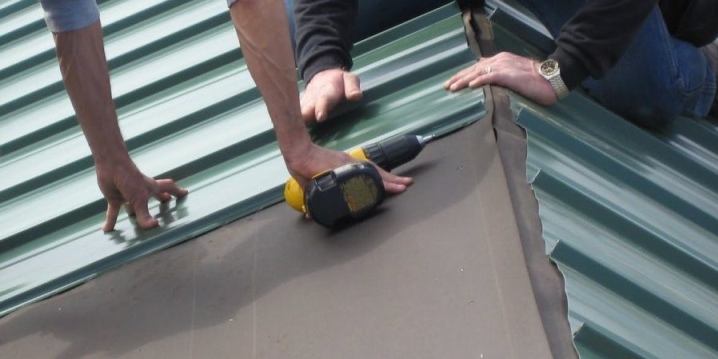
The article describes the subtleties of laying roofing material under the corrugated board on the roof. It is indicated whether the profiled sheet can be put on roofing felt without a crate. General recommendations are given on how to lay it.
What should be roofing material?
The most important thing in this business is to choose the right material. Having made a mistake, it will be very difficult to correct it. The classic type of roofing material was not sufficiently resistant to temperature changes. This situation was corrected thanks to modern developments, the addition of special components. The latest generations of such material do not suffer from heat or cold, while maintaining their basic mechanical characteristics.
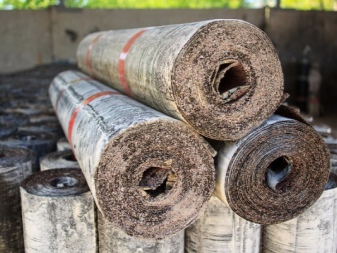
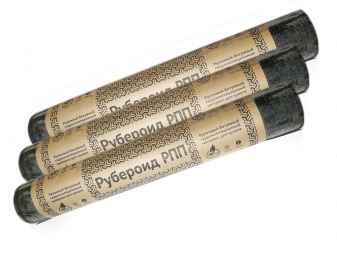
Coarse-grained sprinkling is often used. In the marking of finished products, this circumstance is marked with the letter "K". The use of stone chips guarantees the suitability of the finished roofing material as:
-
waterproofing layer;
-
the upper tier of the roofing cake;
-
the lower tier of the roofing cake.
Scaly dressing is also widely used. Mica slate is used to create it. Of course, in this case, the marking includes the letter "CH". It shows that the material is suitable only for the upper level, it is strictly forbidden to put it below. "M" means a fine-grained front covering, and it allows you to lay out roofing material on the lower tier, and also use it as waterproofing.
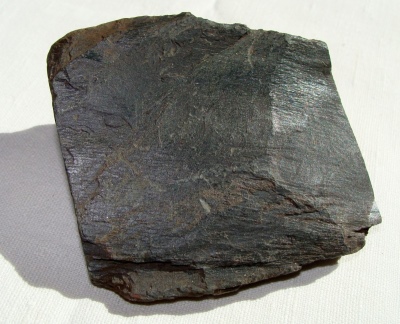
It is also important to distinguish between roofing and lining material. The number after the letters indicates the density of the roofing material. It is measured in grams per square centimeter. It is worth considering that the specific gravity of 300 g per 1 cm2 allows the use of products only as a lining. For the surface, you can take only denser modifications.
However, the substrate of the material is also important. They can take as a basis:
-
fiberglass;
-
asbestos;
-
specially selected polymers.
Rubemast is the result of the logical development of the classic roofing material. A thickened bitumen layer is located under the cardboard. Improved performance is achieved through the introduction of plasticizers and special additives. Despite its low cost, rubemast lasts about 15 years and is not susceptible to cracking. They can also use glass insulation.
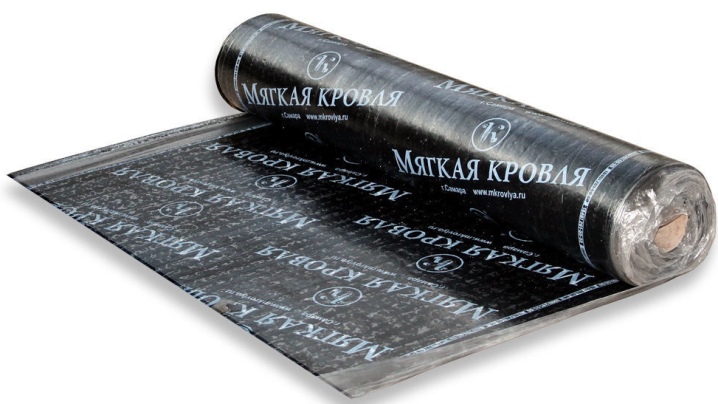
Differences from the classic solution are that the cardboard base is replaced with fiberglass or made of fiberglass. Fiberglass is used both as a lining and as a front layer. But the installation is very complicated, and only trained specialists can perform it correctly. Self-adhesive roofing felt is installed much easier and does not require such difficulties. True, the service life is very short.
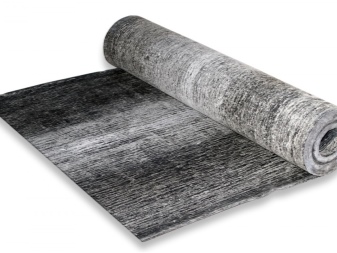
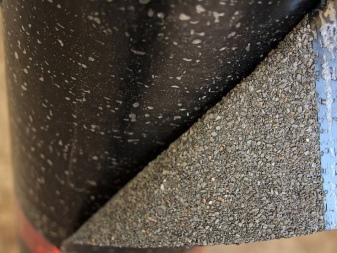
Roofing felt is also roofing material, and not a separate material. For impregnation of cardboard, tar obtained from shale or coal is used in its composition. Experts advise to put only in several layers. Its reliability remains in doubt. Experienced builders use tar, if only as a temporary solution.
And also known more:
-
glassine;
-
glass-insol;
-
uniflex;
-
bikrost;
-
isospan;
-
armored roofing material.
Is it possible to lay corrugated board?
They began to lay roofing material by itself a very long time ago - advertising of this material has been known since the beginning of the twentieth century. Cheapness and ease of handling determine its popularity today. However, the reliability is not very high, and therefore there is a desire to put a profiled sheet on top of the roofing felt roof of a country house or attic.Then a combination of a reliable and proven substrate with effective external protection should turn out, and the service life of the entire structure will immediately increase. The attractiveness of combining such materials also lies in the fact that the corrugated board does not have any sound insulation in itself, and the lining that dampens the sounds of raindrops will be very attractive.
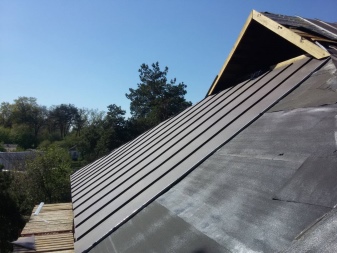
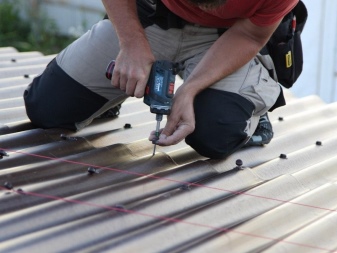
But you need to understand that if roofing material is installed, then it will not be too easy to apply corrugated board to it. This work requires attention and accuracy. It is quite easy to damage almost all types of lining material, except for armored ones.
Besides, you will have to reliably protect the substrate from moisture. Otherwise, it can easily rot.
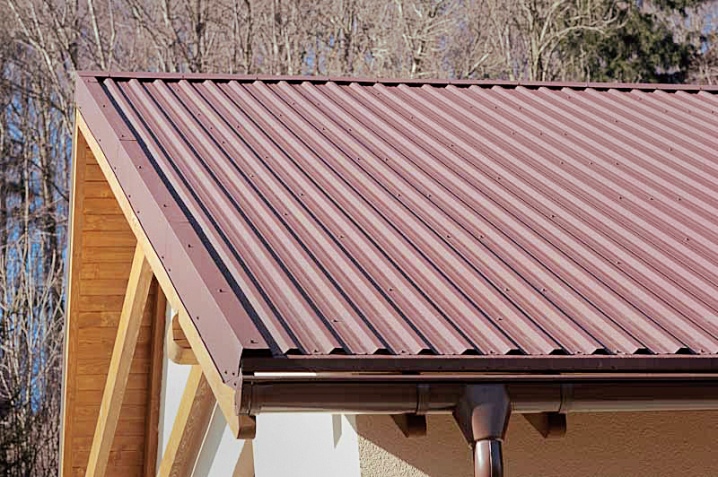
Of course leaving the old roofing felt under the profiled sheet is hardly a good idea. It will already be heavily worn out, even if it is not yet visible externally. Therefore, the first rule is to put a completely new substrate, and only then the face material. Before installation, the roofing material must be protected from contact with water and from physical deformations. It is possible to mount corrugated board without crate only in places where there is no summer heat, otherwise the roofing material will deform on hot days.

It is very difficult to dismantle the old coating. It literally "sticks" at times, and its removal after several years of operation is almost impossible. But you still have to do this, because if the temperature differences are large enough, condensation can form inside. Even when conditions permit the coating to remain the same, special protective measures must be taken. On top of the old roofing material, a counter-lattice of slats and an additional bar of a counter-lattice (with mandatory impregnation with antiseptics) are nailed, which avoids the formation of condensation due to the ventilated gap.
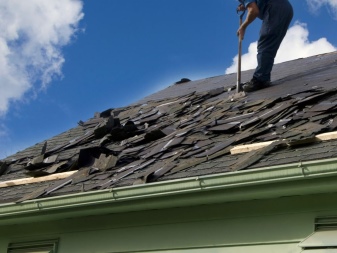
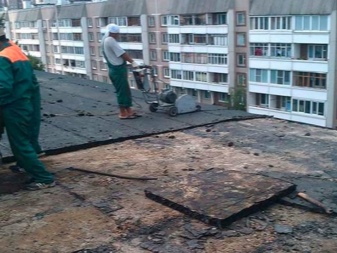
Installation steps
Since it has already been decided to lay a new roofing material under the corrugated board, it is very important to lay it correctly. The general order here practically does not differ from that which is used for front finishing with roll material. They start with an inspection and visual assessment of the condition of the roof.
Important: a new layer cannot be laid on top of the previous one. This not only does not allow to optimize the waterproofing, but also disrupts the evenness of the installation.

The previously unnecessary coating is removed with a large knife or chisel. It is useful to cut the material with an ax. The surface on which the laying will be carried out must be refined by:
-
sealing holes with polyurethane foam;
-
cutting off the frozen excess of this foam;
-
coating with a cement-sand mixture;
-
processing of minor cracks with liquid glass.

If everything is fine with the roof, and alignment is not required, smear the mastic (not too thick). Then they put the roofing material itself in accordance with the manufacturer's instructions. The first layer is laid out with an overlap of 150-200 mm. The end sections are tucked under the edge and clamped with slate nails through a wooden lath; drive-in points with a step of 500 mm. Further:
-
smear the surface with mastic;
-
put the second layer (if necessary, with an overlap over the ridge);
-
bend the edges again;
-
the prepared surface is treated with mastic (the final layers are shifted by half).
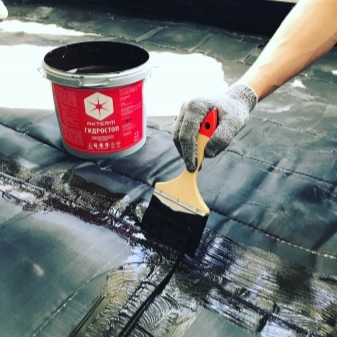
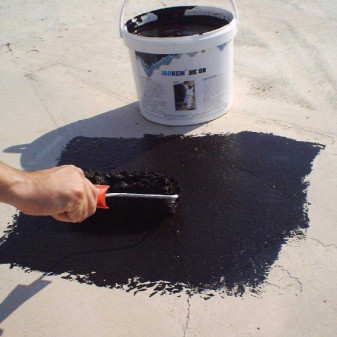
See the video for laying the corrugated board on the roof.













The comment was sent successfully.